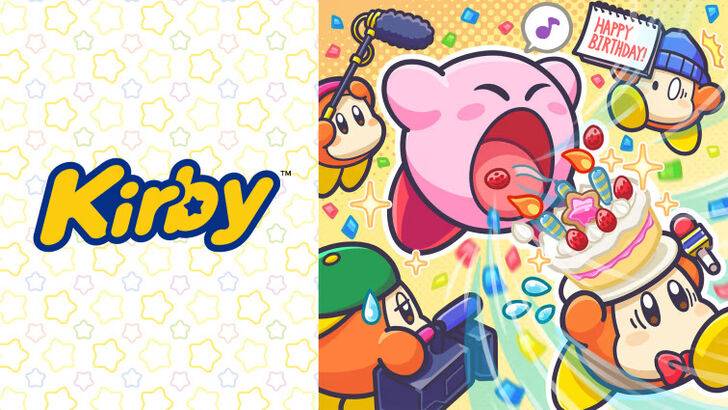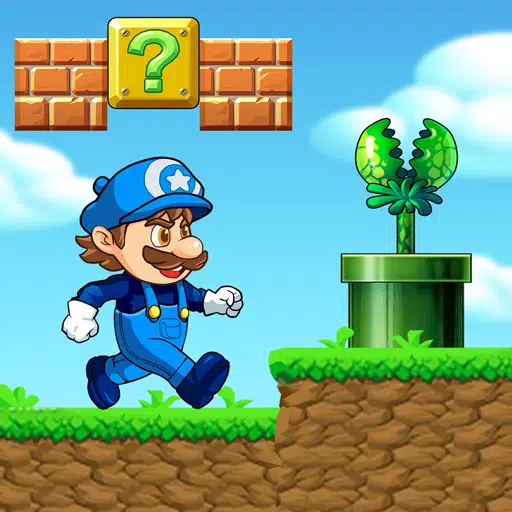The Evolution of Kirby's Image: From "Angry Kirby" to Global Consistency
Former Nintendo employees shed light on the contrasting portrayals of Kirby in the US and Japan, revealing a fascinating story of localization and marketing strategies. This article explores why Kirby's image was altered for Western audiences and how Nintendo's approach to globalization has evolved.
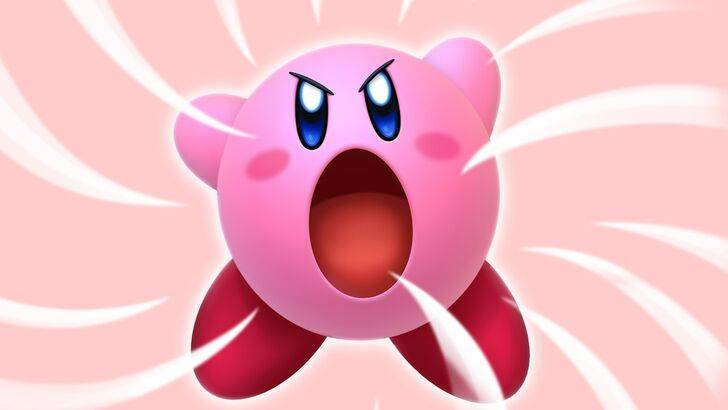
The "Angry Kirby" Phenomenon
Kirby's portrayal in Western marketing often featured a tougher, more determined look, earning him the fan nickname "Angry Kirby." This wasn't about making him angry, but rather conveying a sense of strength and resilience, appealing to a broader, particularly male, audience in the West. Leslie Swan, a former Nintendo Localization Director, explained that while cute characters resonate universally in Japan, a tougher image was deemed more appealing to American tween and teen boys. Shinya Kumazaki, director of Kirby: Triple Deluxe, corroborated this, noting that while cute Kirby drives popularity in Japan, a more battle-hardened Kirby resonates more in the US. However, he also pointed out that this wasn't a universal rule, citing Kirby Super Star Ultra which featured a tougher Kirby on both US and Japanese box art.
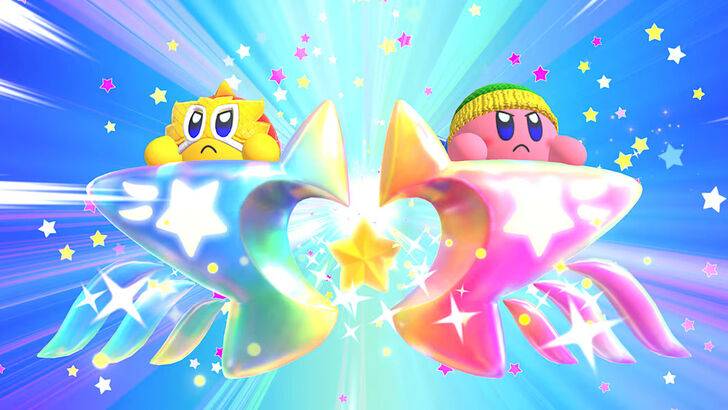
Marketing Kirby as "Super Tuff Pink Puff"
Nintendo's marketing actively sought to broaden Kirby's appeal, particularly among boys. The "Super Tuff Pink Puff" tagline for Kirby Super Star Ultra on the Nintendo DS exemplifies this strategy. Krysta Yang, a former Nintendo of America Public Relations Manager, highlighted Nintendo's desire to shed its "kiddie" image during that era, emphasizing the perceived negative impact of being labeled as such. This led to a conscious effort to portray Kirby's combat abilities more prominently, aiming to attract a more mature audience. While recent years have seen a shift towards focusing on gameplay and abilities rather than personality, Kirby's cute image remains dominant in public perception.
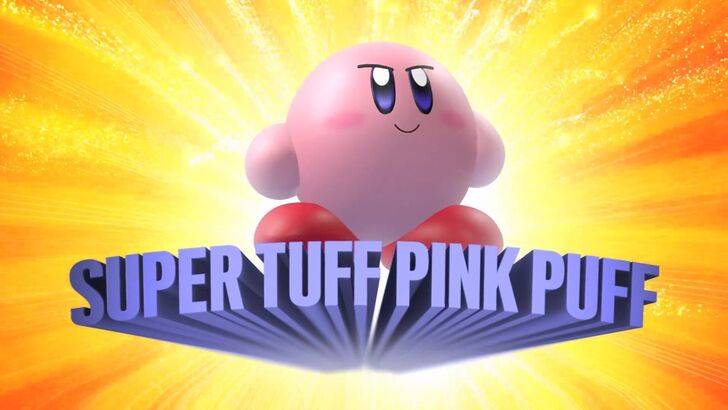
Regional Variations in Localization
The differences in Kirby's localization between Japan and the US are long-standing. A 1995 "Play It Loud" advertisement featuring Kirby in a mugshot is a prime example. Over the years, variations in Kirby's facial expressions on game covers became common, with titles like Kirby: Nightmare in Dream Land, Kirby Air Ride, and Kirby: Squeak Squad showcasing a more serious, determined Kirby. Even Kirby's color was altered; the original Game Boy version of Kirby's Dreamland featured a ghostly-white Kirby in the US, compared to the pink original in Japan. This was later rectified with the NES release of Kirby's Adventure, but the initial decision highlights the challenges Nintendo faced in marketing a pink puffball to a Western audience.
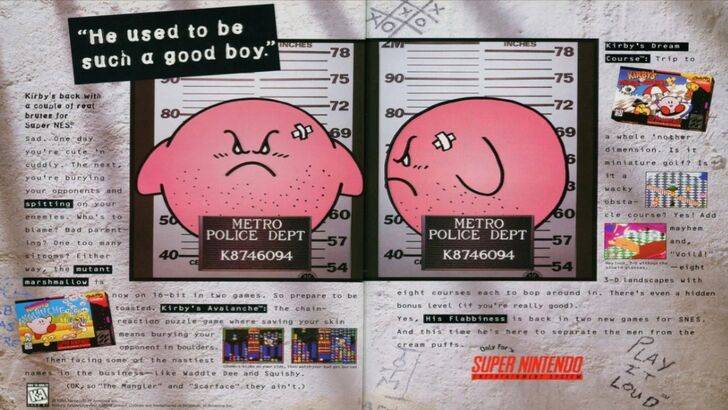
A More Global Approach
Both Swan and Yang agree that Nintendo has adopted a more global perspective in recent years. Closer collaboration between Nintendo of America and its Japanese counterpart has led to more consistent marketing and localization strategies. The company is now actively moving away from regional variations in marketing materials, seeking to avoid past missteps like the 1995 advertisement. While this global approach ensures brand consistency, it also risks homogenization, potentially resulting in less culturally relevant marketing. The shift also reflects the evolving understanding of Japanese culture in the West, with increased familiarity and appreciation for Japanese pop culture among Western audiences.
